SERIES REVIEW – Is there any series in recent history that has more riding on it than The Lord of the Rings: The Rings of Power? Everything about the Prime Video series – from its billion-dollar budget to its ethnically diverse cast – has come under intense fan scrutiny since Amazon paid a brutal sum for the rights to J.R.R. Tolkien’s fantasy trilogy in 2017.
All this attention has boiled down to a single question: does the new adaptation do the books justice? After the first season was officially completed, the answer to that question became both yes and no. The Rings of Power is a good series, but not a great one – at least not yet.
Canon or not canon? That is the question…
And the makers really gave it their best. Showrunners J.D. Payne and Patrick McKay have stuck closely to the Tolkien canon (sometimes incorrectly), and have drawn heavily from the appendices of The Lord of the Rings to create a story set thousands of years before the main story of the books. The first season opens in Middle-earth in peacetime, although the Elven warrior Galadriel (Morfydd Clark) is one of those who is convinced that Sauron is not really gone for good (we know this well, don’t we…). Her quest to hunt down the absent dark lord is one of many interconnected plot threads that unfold throughout the sprawling narrative of The Rings of Power, which takes us from the glittering island kingdom of Númenor to the depths of the mines of Khazad-dűm.
Along the way, we are introduced to a colourful cast of new characters, including the dwarf prince Durin IV (Owain Arthur), the hobbit-like Harfoot Nori (Markella Kavenagh) and the good-humoured, outspoken, heroic Halbrand (Charlie Vickers). We are also reacquainted with several characters previously played by different actors in Peter Jackson’s Oscar-winning Lord of the Rings films, such as Elrond (Robert Aramayo), Elendil (Lloyd Owen) and Isildur (Maxim Baldry). They are mostly a sympathetic bunch, and are tailor-made to take us on an epic journey in the grand Tolkien tradition.
Tolkienian tropes abound
The story that The Rings of Power tells is epic, not to mention largely in line with what Middle-earth fans would expect – which is actually one of the series’ biggest problems, at least at the beginning. Payne and McKay, as well as the series’ writing and directing staff, initially struggle to find a balance between their duty to respect Tolkien’s canon and their duty to tell a story that stands on its own merits. The result is that the first few episodes of the first season feel all too familiar, and tired Tolkienian clichés – think doomed interracial relationships, McGuffin objects with supernatural appeal, and folksy little people – dominate the proceedings.
Because of these and constant time drags – for example, when Galadriel and Halbrand are lost at sea for what seems like an eternity – Rings of Power gets off to a terribly difficult start. Fortunately, Payne, McKay and his team soon begin to play with the story of Middle-earth in interesting ways that distinguish the series from both its source material and its beloved film adaptations.
Of course, fanatical Tolkien fans will gnash their teeth at some of the changes to Tolkien’s legendarium in The Rings of Power, and it’s a fact that not all of Payne and McKay’s changes work well. Many things are out of place in this world, especially the non-Tolkienian asides about magic swords and the mysterious stranger Daniel Weyman. But even the most misguided modifications to the canon of Middle-earth in the series serve an important purpose: to make The Lord of the Rings work as a long, continuing narrative. The problem is, while traditional fantasy sagas with no real mystical elements work great on paper and film, but nailing us to the screen for an eight-episode TV season? Not really.
Interesting themes, lame dialogue, great actors
And to Payne and McKay’s credit, they rarely contradict Tolkien’s writing outright. Instead, they tend to embellish what the author has already written, add new characters and events to fill in the gaps, and generally try to approach The Lord of the Rings from a new angle. Previously unexplored concepts such as the rights of orcs and social inequalities in Middle-earth are thrown into the mix, along with themes close to Tolkien’s own heart such as cross-cultural community and the persistence of hope in the face of adversity. To the praise of the showrunners, these contemporary themes are largely well-suited to the issues around them, even if their phrasing leaves much to be desired, thanks to the clunky dialogue of The Rings of Power.
Every time someone utters a trite phrase like “The sea is always right”, The Rings of Power distances itself from Tolkien’s works (and Jackson’s films) – and not in a good way. It also makes the actors’ jobs harder. Nevertheless, many of the cast of The Rings of Power shine almost as brightly as Mithril, who emerged halfway through the season. Clark in particular stands out, bringing a brilliant portrayal of the self-possessed Elf’s distinctive demeanour and emotional depth to a role that could easily have been two-dimensional at best.
His co-star Joseph Mawle is equally impressive as Adar, a new antagonist created specifically for the series. Mawle delivers a restrained performance not usually associated with Middle-earth villains, turning the monotone megalomania in favour of controlled, righteous fury. In this, Payne and McKay’s willingness to assume a degree of moral ambiguity that is absent in most of Tolkien’s writing (except perhaps the Silmarillion) is of great use. The upshot is that Adar is a disarmingly sympathetic motivated baddie, and he is arguably the most convincing actor in the series.
Brutal visuals – all the investment has paid off
But then The Rings of Power: Season 1 ends just as it was really starting to get going – with a few more episodes, other elements could have reached similar heights to Adar’s characterisation. Indeed, several key developments at the end of the season feel a little rushed, leading to plot points and character arcs that conclude in an unconvincing manner. It is questionable, however, how much the average viewer will care, as the series remains a feast for the senses even if the quality of storytelling declines. The money Amazon has spent is very much visible on screen, and the production values are so spectacular that they largely make up for the shortcomings of Rings of Power elsewhere.
The aesthetics of the Jackson trilogy have clearly had an impact on Payne, McKay and their crew, which is hardly surprising given the enduring popularity of these films. The Rings of Power more or less successfully replicates the same look and feel, and even throws in a few novel set pieces of its own. The CGI in the series is equally breathtaking, and delivers sweeping visuals and breathtaking sets on par with a blockbuster movie. With a theme music score by Lord of the Rings composer Howard Shore and additional music by Bear McCreary, you’ll feel like you’re in Middle Earth from the first frame.
But that doesn’t mean that the visual bugs in Payne and McKay’s world-building aren’t occasionally noticeable. Scattered throughout the first season are moments that make it clear that even The Rings of Power’s budget has its limits – whether it’s the unconvincing visual effects (namely the cut and paste extras) or the unimaginatively staged and shot action sequences (in Season 6, the action sequences are a bit too much of a mess). This doesn’t happen often, and is never noticeable enough to derail the whole series completely, but it’s another thing that prevents The Rings of Power from being a worthy adaptation of The Lord of the Rings.
But hey, we’re only one season in, and supposedly four more are on the horizon. That’s plenty of time for Payne and McKay to right the wrongs of the series so far. And who knows if The Rings of Power continues on its current upward trajectory? By the time we reach season 5, the hype surrounding the series may finally be true.
-BadSector-
Lord Of The Rings: Rings Of Power
Direction - 7.4
Actors - 6.5
Story - 6.2
Visuels/Action - 9.2
Ambience - 7.5
7.4
GOOD
But hey, we're only one season in, and supposedly four more are on the horizon. That's plenty of time for Payne and McKay to right the wrongs of the series so far. And who knows if The Rings of Power continues on its current upward trajectory? By the time we reach season 5, the hype surrounding the series may finally be true.

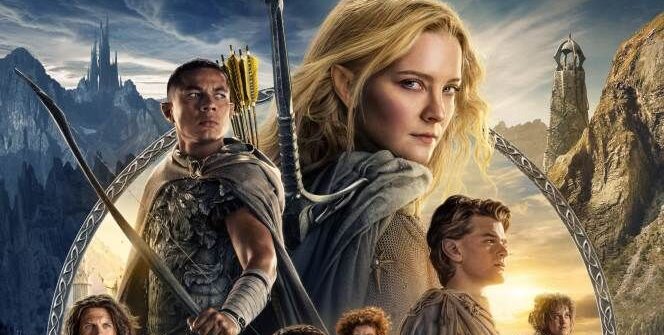
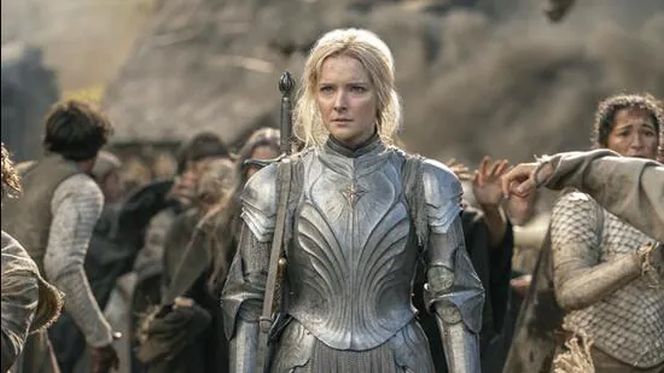
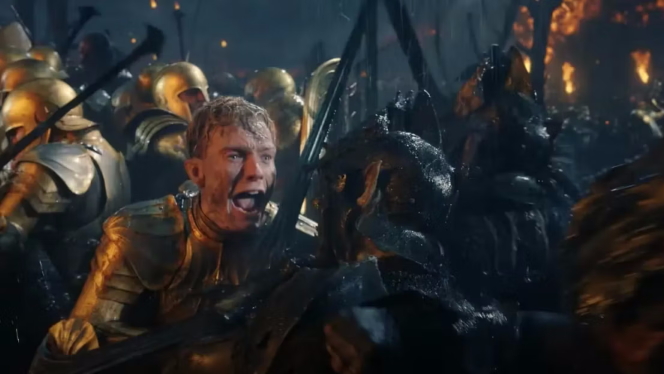
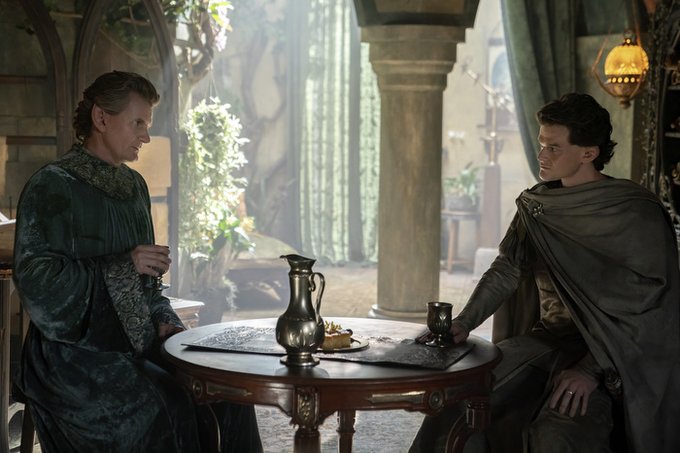

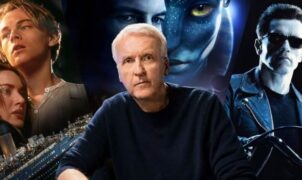




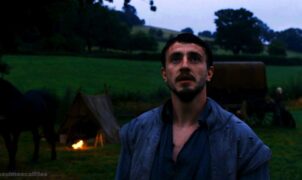


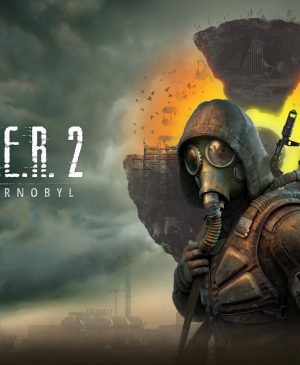
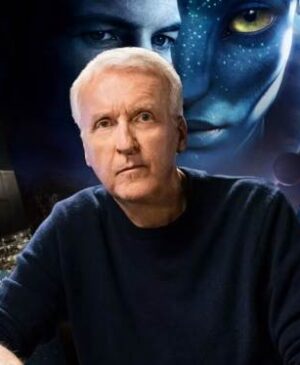

Leave a Reply